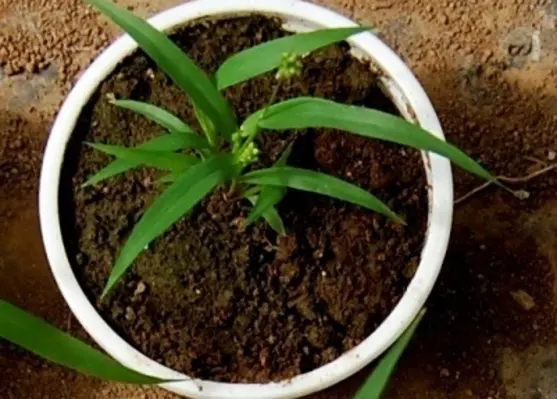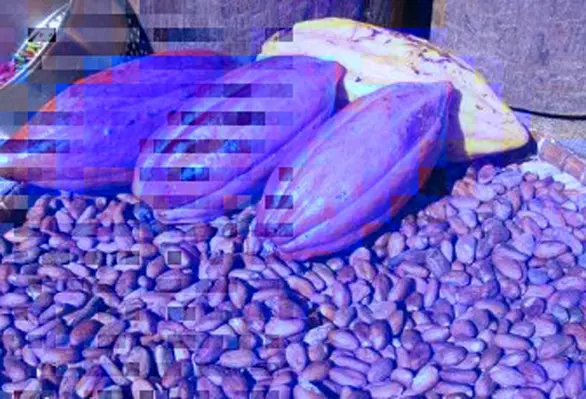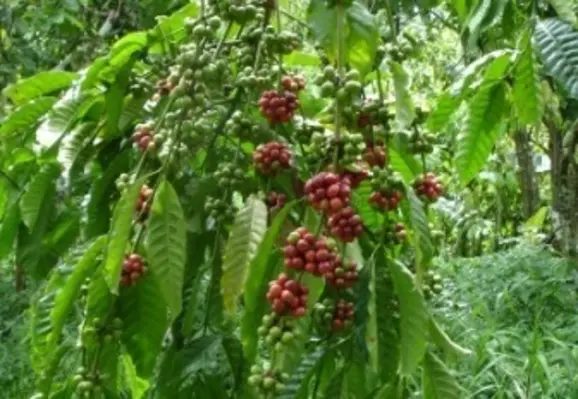China has approved the use of hybrid corn seed varieties like those from Monsanto Co., DuPont Pioneer and Syngenta AG to boost yields and meet the rising corn demands in the country
Crops
‘Cutting-edge’ rice of the future gets financial boost

C4 rice research hopes to develop a new type of rice with improved photosynthesis capacity. (Image source: IRRI)
The pursuit to rein in hunger with the development of a cutting-edge rice of the future has received a financial boost, and is now rolling into its second phase
Cargill extends sustainable cocoa programme to Indonesia

Cargill’s aims to develop and scale up sustainable cocoa supply chains in Côte dIvoire, Cameroon, Ghana, Brazil and Vietnam. (Image source: lolay/flickr)
Cargill is planning to extend its sustainable cocoa programme to South Sulawesi province, Indonesia, the world’s third-largest cocoa-producing nation
Global meat production and consumption slow down

Pork was the most popular meat in 2011, accounting for 37 per cent of both meat production and consumption. (Image source: Father.Jack/Flickr)
Global meat production rose to 297mn tonnes in 2011, an increase of 0.8 per cent over 2010 levels, and is projected to reach 302mn tonnes by the end of 2012, according to new research conducted by the Worldwatch Institutes Nourishing the Planet project
Protectant copper fungicide still the first choice for tropical tree crops

Robusta coffee can suffer severe losses from coffee leaf rust and other leaf and fruit diseases unless protected with copper fungicide. (Image source: Dr Terry Mabbett)
Copper fungicides are still the most widely used protectant fungicides for tree crop disease control in the tropics, having undergone continuous development in formulation technology and spray application technique over the last 100 plus years




